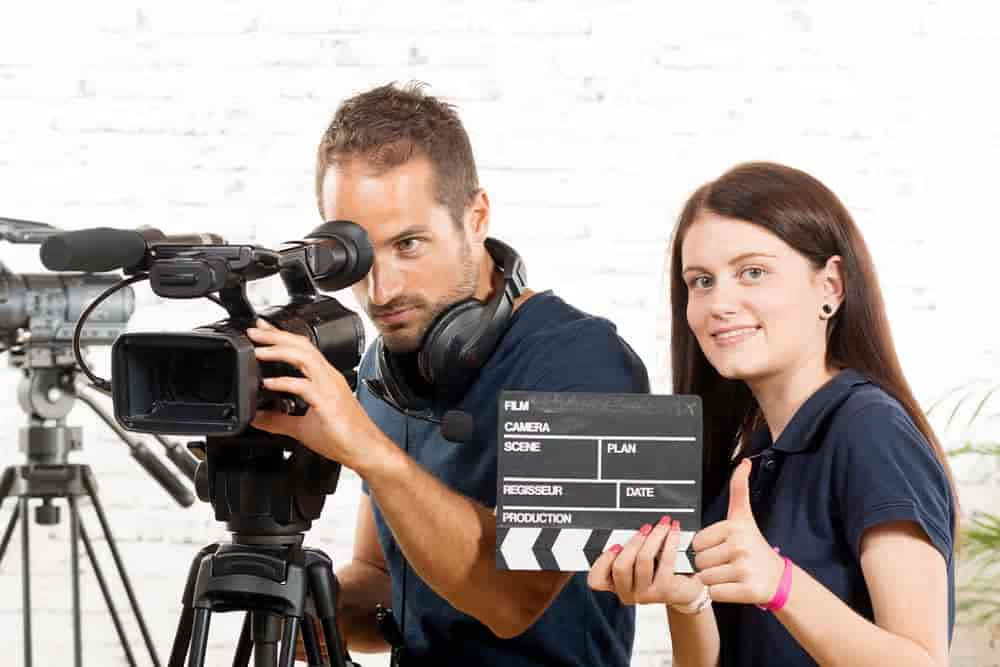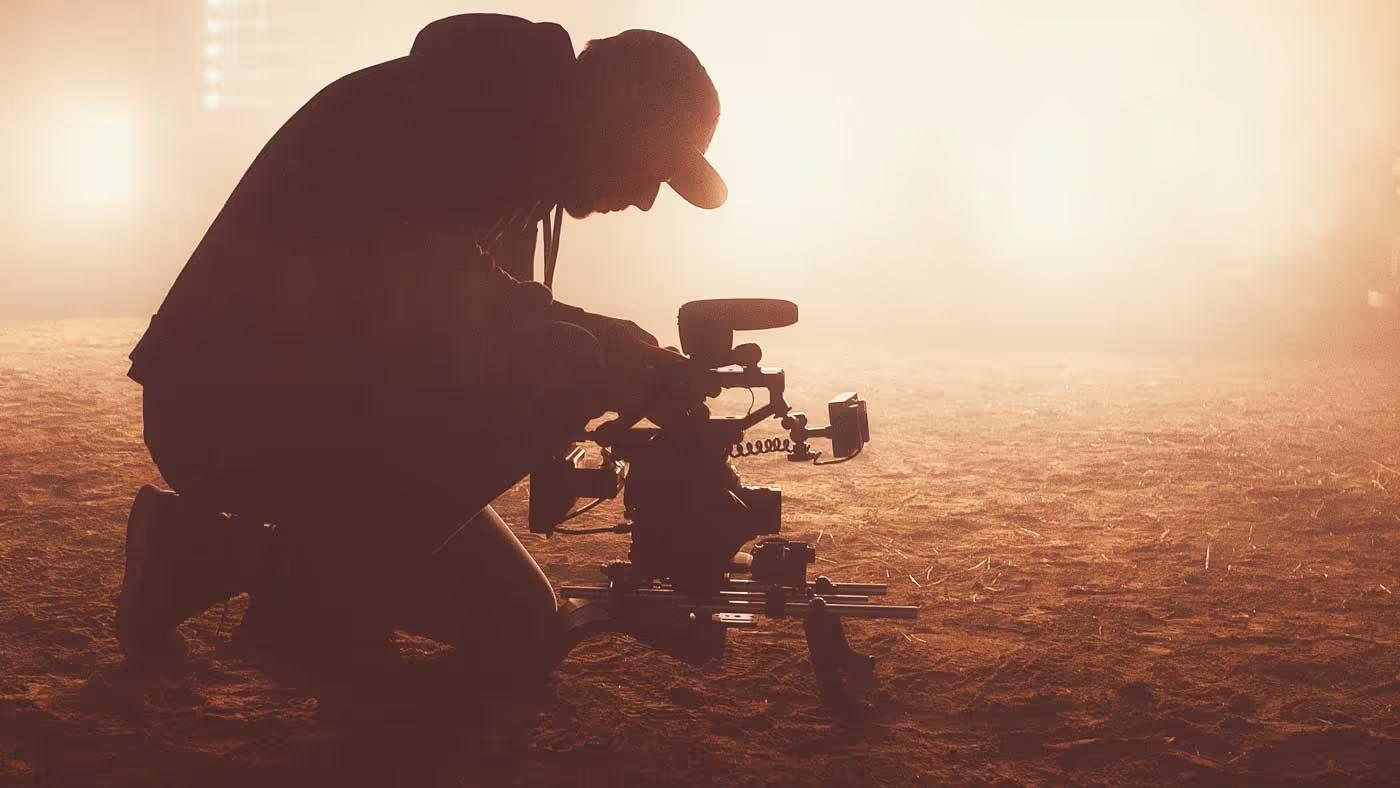Table of Contents
A slow-motion camera is a type of camera that captures motion and slows it down. It allows you to capture fast-moving objects and events that are difficult to see with the naked eye. Slow-motion cameras are commonly used in sports, scientific research, and filmmaking.
How does a Slow Motion Camera Work?
Slow-motion cameras work by capturing images at a higher frame rate than regular cameras. The more frames captured per second, the slower the motion will appear when played back at a normal speed. For example, if a camera captures 120 frames per second (fps) and plays back at 30 fps, the motion will appear four times slower than normal.
Types of Slow Motion Cameras
There are two types of slow-motion cameras: dedicated and smartphone.
Dedicated Slow Motion Cameras
Dedicated slow-motion cameras are specialized cameras designed for high-speed photography. They are expensive and used primarily in professional settings, such as sports, science, and filmmaking. Dedicated slow-motion cameras can capture anywhere from 120 to 1000 fps or more, depending on the camera's specifications.
Smartphone Slow Motion Cameras
Smartphone cameras have come a long way in recent years, and many now offer slow-motion capability. While not as powerful as dedicated slow-motion cameras, smartphone cameras can capture slow-motion footage at 120 or 240 fps, making them a useful tool for casual users who want to capture slow-motion videos.
Applications of Slow Motion Cameras
Slow-motion cameras have a wide range of applications, including:
Sports
Slow-motion cameras are commonly used in sports to analyze athletes' techniques and improve their performance. By capturing motion at a higher frame rate, coaches and trainers can identify areas for improvement and provide feedback to the athlete.
Science
Slow-motion cameras are used in scientific research to study phenomena that occur too quickly for the human eye to see. For example, scientists use high-speed cameras to study the movement of insects, the motion of fluids, and the behavior of materials under stress.
Filmmaking
Slow-motion cameras are a popular tool in filmmaking, where they are used to create dramatic and visually stunning shots. Slow-motion footage can be used to emphasize a character's emotional state, capture the details of an action sequence, or create a dreamlike atmosphere.
Conclusion
Slow-motion cameras are a powerful tool for capturing and analyzing motion. Whether you're a sports coach, a scientist, or a filmmaker, a slow-motion camera can help you see the world in a new way. While dedicated slow-motion cameras are expensive, the slow-motion capabilities of smartphone cameras make this technology accessible to everyone.






